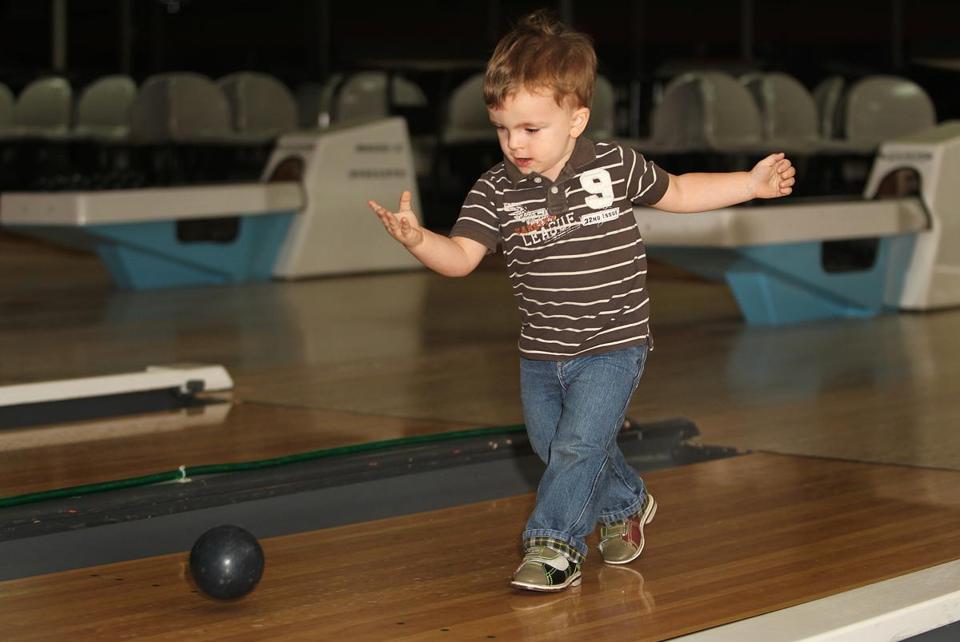I was honored to participate in an "online roundtable" panel of experts over at Boston Magazine related to overparenting. The question I was asked to answer, along with four experts in psychology and social work, was "Are We Overparenting Our Kids?" This roundtable was tied to a feature story written by Katheine Ozment called "Welcome to the Age of Overparenting." (Note that I was especially thrilled to have a seat at the virtual table with Jerome Kagan, who I met as an undergraduate when I received a fellowship in his name/honor to support research related to childhood.)
At the annual College Board conference this fall, the dean of admissions at Harvard, William Fitzsimmons, revived some parental panic. According to The New York Times, he told an assembled crowd that successful Harvard applicants are “good all-rounders — academically, extracurricularly, and personally.”
This wasn’t the first time, and it won’t be the last, that gatekeepers like Fitzsimmons induce hand-ringing, acid reflux, and sleepless nights among credentials-concerned parents — even if their children are still in elementary school. In the fall of 2008, Fitzsimmons similarly set off alarm bells in affluent suburbs around Boston when he was quoted in The Boston Globe, saying, “Even fifth-graders in Wellesley, Newton, and Brookline, who as adults will face international competition for jobs, should begin beefing up their academic résumés if they want a shot at an Ivy League education.”
It’s clear that for millions of upper-middle and middle-class American children today, waiting until high school to prove one’s mettle would be a mistake. The college admissions race requires far more advanced preparation, orchestrated and monitored by involved parents who ferry their scheduled kids from school to music lessons to sports practice to private tutoring to home, repeating the cycle day after day.
Of course, it is tempting to denounce these preoccupations as the hyper-fixation of neurotic parents who are living through their children. (See: Controversy, Tiger Mom, Amy Chua) But are these parents crazy?
No. (Though at times they may exhibit questionable behavior …)
Their children face very real bottlenecks through which they need to pass if they are going to achieve in ways similar to their parents. And the probability of that outcome appears to be less than it once was.
Media coverage of recent low college acceptance rates only fuels parents’ anxiety, reinforcing the competitive culture, even among the preschool set. This is partly because of the 15 year-long rise in the number of high school graduates — which is peaking right now at around 2.9 million. And it’s not just that there are more students, but also that more of them are applying to particular schools. Last year Harvard saw a 6.2 percent acceptance rate, with almost 35,000 applicants.
Based on my research of families with elementary school-age children who participate in competitive chess, dance, and soccer, it would be a mistake to think that parents fixate on college admissions every Saturday afternoon. Instead, they understand the grooming of their child as producing a certain kind of character and a track record of success that is valued during the long march toward the pursuit of advanced degrees, like JDs, MDs, MBAs, and PhDs. But were parents to think in directly instrumental terms about that thick admissions envelope, they would not be far off the mark: activity participation, particularly athletics, can confer an admissions advantage, either through athletic scholarships or an admissions “boost.”
That U.S. colleges and universities consider admissions categories other than academic merit is rooted in history and is uniquely American; I argue that it is part of the reason that highly competitive and organized afterschool activities are more common here. Jerome Karabel in The Chosen shows how the “Big Three” of Harvard, Princeton, and Yale, developed new admissions criteria in the 1920s to keep out “undesirables,” like Jews and immigrants. This new system valued the “all-around man,” who was naturally involved in extracurricular clubs and athletics.
Middle- and upper-middle class parents today understand the importance of this “all-around (wo)man,” and consequently may seem to overparent their young kids to get them on the right track. But given the history of college admissions in this country, and current state of affairs, can you blame them?
CLICK HERE TO SEE THIS ON BOSTON MAGAZINE'S WEBSITE!


